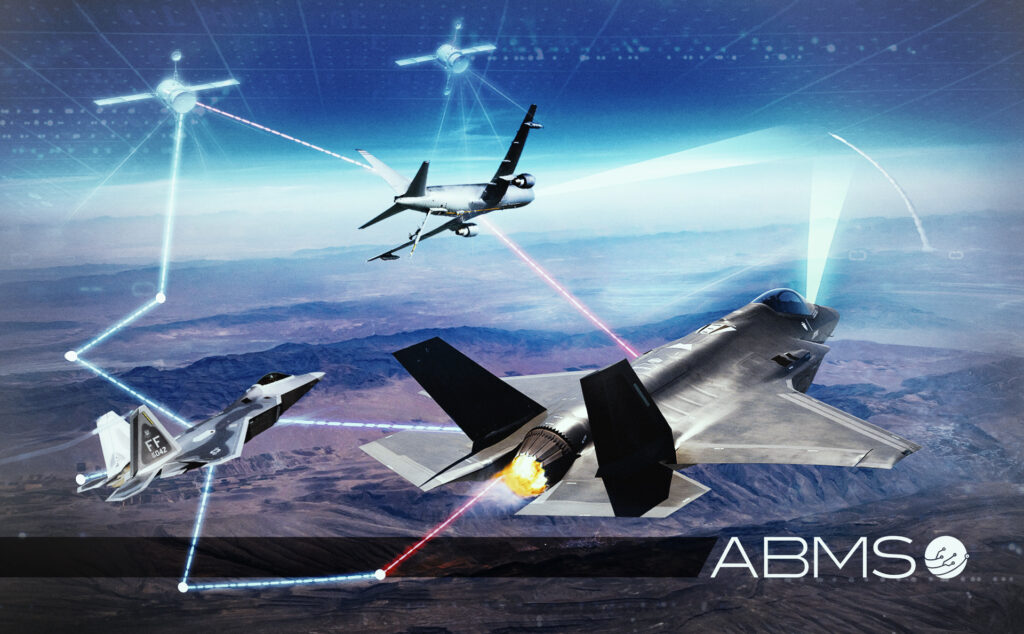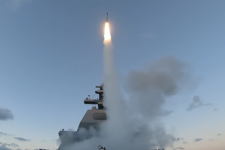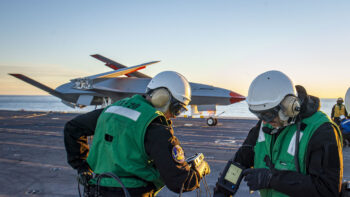 AFA: The Air Force is rethinking its central initiative to implement All Domain Operations, the Advanced Battle Management System (ABMS), in order to more directly focus on rapidly fielding operational capabilities — rather than on demonstrating innovative tech.
AFA: The Air Force is rethinking its central initiative to implement All Domain Operations, the Advanced Battle Management System (ABMS), in order to more directly focus on rapidly fielding operational capabilities — rather than on demonstrating innovative tech.
“My early observation is that this program has not been adequately focused on achieving and building specific, measurable improvements and operational outcomes,” Air Force Secretary Frank Kendall told a jam-packed audience at the Air Force Association’s annual Air, Space & Cyber conference today. “To achieve effective change, we must keep our eye on the ball. For me that means focusing on the fielding of meaningful military capability into the hands of our operational users. It does not mean one or two leave behind, unmaintainable token prototypes that came out of experiments.”
Kendall said that across the board, DoD and the Air Force seem to have “embraced the idea of innovation and the pursuit of innovation, without adequate attention to how innovation should be harnessed to specific operational performance requirements.
“We should not be doing demonstrations and experiments unless we can link them to true operational improvements, unless they move us down the field to lower risk acquisition programs,” he said.
ABMS is the Air Force’s contribution to Joint All Domain Command and Control (JADC2), and was originally conceived by former Air Force acquisition czar Will Roper as a military “Internet of Things.” From its inception in 2019, the initiative was primarily aimed at testing cutting edge technology in a series of experiments called On-Ramps to allow development of new capabilities in four month cycles.
But those experiments now have come to an end as the Air Force reexamines its approach to ABMS, as well as to its game plan for experimentation.
Lt. Gen. Clinton Hinote, deputy strategy, integration and requirements, told reporters that the ABMS program is focusing for the moment on Capability Release 1 (CR-1), the first set of products to emerge from the Rapid Capabilities Office (RCO) that is now serving as the acquisition authority for ABMS. CR-1 includes equipping KC-46 tanker jets with new pods that allow them to serve as a kind of flying cell tower between the incompatible radio systems of F-22 and F-35 fighters.
“Our new secretary has come in and he has asked hard questions about our approach to ABMS. We are answering those questions, and in some cases our answers weren’t that good,” Hinote said. “And so he is having us, in some ways, go back and figure out exactly what it is we’re trying to do.”
In particular, Kendall is interested in seeing the specifics of how radios and other command, control and communications will actually work, and integrate with current equipment, Hinote explained.
“He wants to know: where’s the targeting data developed, and where does it go. He wants a waveform — where’s the node that it needs to be fused, and where are we going to put that to make a decision off of it and execute on it? Those are valid questions,” he elaborated.
Hinote said that what is certain at the moment is that CR-1 will result in “a forward edge node or forward edge network,” although “the actual things, the actual radios we use to make that happen and the waveforms we use to make that happen” are still to be determined.
Further, he said, a second set of capabilities will eventually follow once CR-1 is sorted through.
CR-2 is focusing on speeding command and control decision-making at Northern Command (NORTHCOM) to improve homeland defense, according to Air Force officials. As Breaking Defense previously reported, NORTHCOM has been testing artificial intelligence tools to support implementation of ABMS.






















